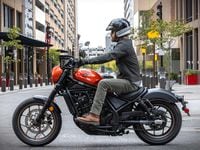Old is in. Harley reached all the way back to 1948 to find the inspiration for the Springer Softail. Among our fearsome fivesome, the Springer's style is utterly distinctive, and according to our reviewers, particularly appealing. The Early Industrial Revolution look of the front end is the key. Dripping with chrome, the Springer front end carries a skinny 21-inch front wheel on stubby swingarms that are linked by pushrods to springs and a single damper up near the steering head. To keep front-brake application from causing feedback in the suspension, the Springer's lone front-brake caliper is carried on a floating mount that isolates braking torque from suspension movement. The system delivers a modest 4.2 inches of travel but major visual impact.
The chrome-intensive front stands in contrast to the clean understatement of the Softail rear suspension, and lends the bike a raked-out look. Much of that is an illusion. In fact, the Springer's steering geometry is almost as conventional as the Vulcan Classic's, and far less chopper-esque than the Intruder's.
As you would expect, a traditional Harley-Davidson big twin resides in the Springer's engine bay. In this case, however, it's bolted tightly into the frame, not floated on the vibration-quelling mounting system found on the cheaper Dyna Low Rider, among others. The Springer Softail is for riders who want the V-twin experience undiluted. Courtesy of a narrow 45-degree V-angle and a single-pin crankshaft, they definitely get it. Just like the Dyna, the Springer has a five-speed transmission and tidy belt final drive.
To provide just the right sort of rolling body language, the Springer’s pull-back handlebar and forward-mounted foot controls ensure that your feet are first to arrive at any new destination. Furthering the classic look, the speedometer is mounted in a tank-top chrome console, freeing the chromed headlight from unattractive clutter.
This article was originally published in the February 1997 issue of Motorcycle Cruiser.
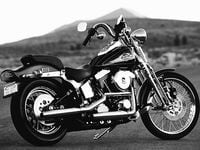
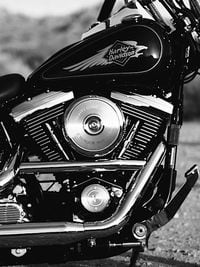
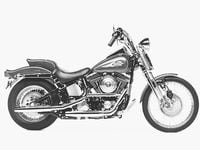
/cloudfront-us-east-1.images.arcpublishing.com/octane/OQVCJOABCFC5NBEF2KIGRCV3XA.jpg)
/cloudfront-us-east-1.images.arcpublishing.com/octane/F3O2DGLA4ZBDJGNVV6T2IUTWK4.jpg)
/cloudfront-us-east-1.images.arcpublishing.com/octane/ZXYQE3MHLFDSPKNGWL7ER5WJ4U.jpg)
/cloudfront-us-east-1.images.arcpublishing.com/octane/RDF24VM7WVCOBPIR3V3R4KS63U.jpg)
/cloudfront-us-east-1.images.arcpublishing.com/octane/W7RSIBFISNHJLIJESSWTEBTZRQ.jpg)
/cloudfront-us-east-1.images.arcpublishing.com/octane/AERA26ENRNBW3K324YWCPEXYKM.jpg)
/cloudfront-us-east-1.images.arcpublishing.com/octane/YWX3YX7QBBHFXFDMEEEKRG4XJE.jpg)
/cloudfront-us-east-1.images.arcpublishing.com/octane/I7OKI53SZNDOBD2QPXV5VW4AR4.jpg)
/cloudfront-us-east-1.images.arcpublishing.com/octane/IH52EK3ZYZEDRD3HI3QAYOQOQY.jpg)
/cloudfront-us-east-1.images.arcpublishing.com/octane/K2FSAN7OWNAXRJBY32DMVINA44.jpg)
/cloudfront-us-east-1.images.arcpublishing.com/octane/G4XK7JL24FCUTKLZWUFVXOSOGE.jpg)
/cloudfront-us-east-1.images.arcpublishing.com/octane/JJNXVAC27ZCDDCMTHTQZTHO55Y.jpg)
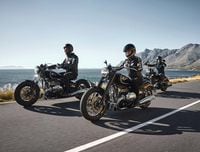
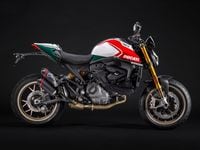
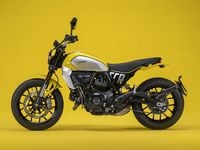

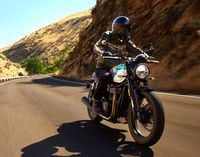
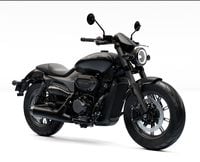

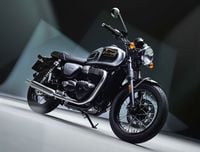

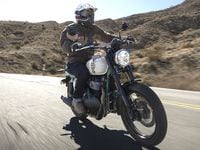
/cloudfront-us-east-1.images.arcpublishing.com/octane/3VSTLPKOHNFTRJTIAAXDPGCPA4.jpg)
